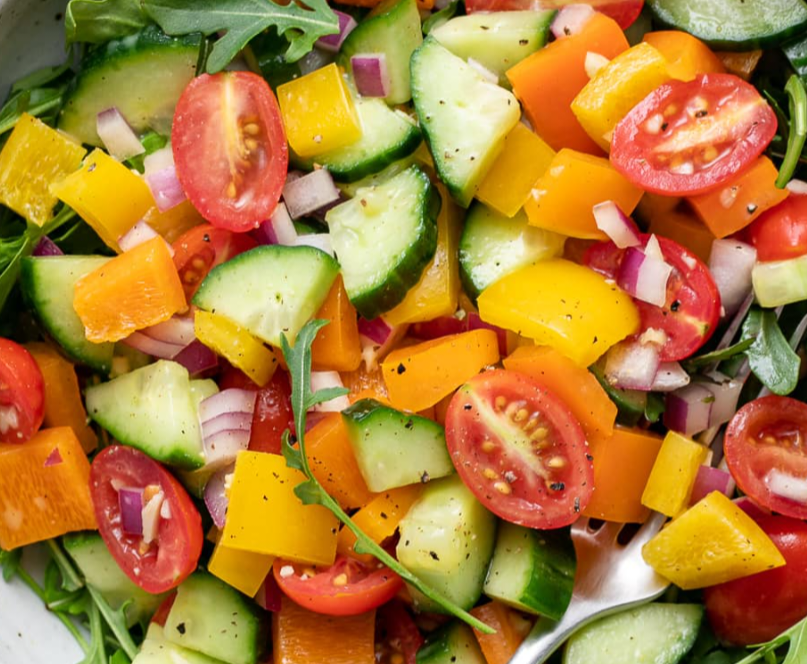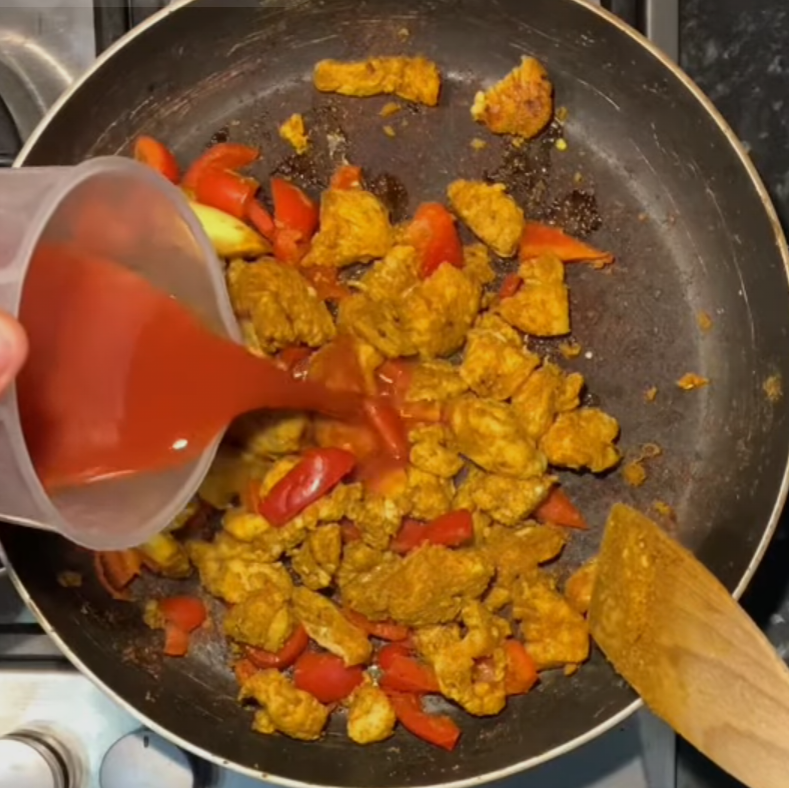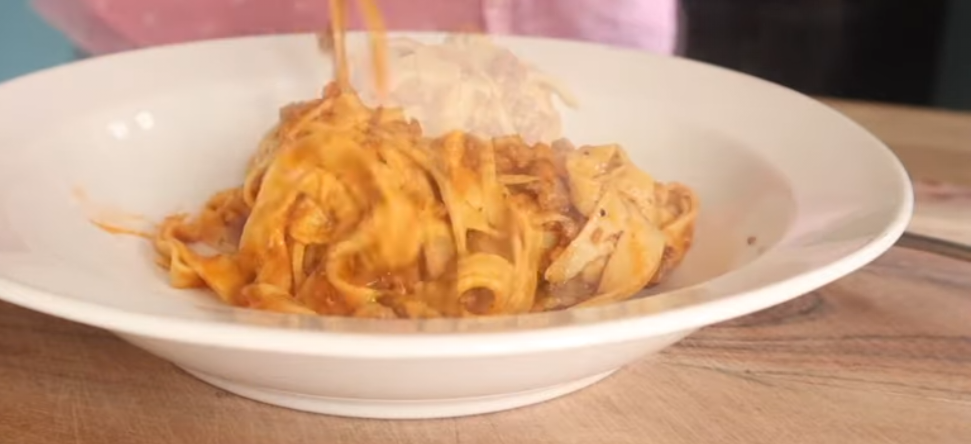1. Why did the Christmas tree go to the barber? It needed a trim!
2. What do you get if you cross a snowman and a vampire? Frostbite!
3. What do you call a reindeer that tells jokes? A “comedian-deer”!
4. How does a snowman get around? By riding an “icicle”!
5. Why did Santa go to music school? Because he had perfect “pitch”!
6. What do you get if you cross a snowman and a dog? Frostbite biscuits!
7. What do you call a snowman with a six-pack? An “abdominal snowman”!
8. Why did the Christmas cookie go to the doctor? It was feeling crumby!
9. What’s Santa’s favorite type of pizza? One that’s deep pan, crisp, and even!
10. Why did Santa’s helper go to therapy? He had “elf-esteem” issues!
11. What do you get if you cross a snowman and a baker? Frosting everywhere!
12. What do you call Santa when he loses his pants? Saint Knicker-less!
13. Why was the math book sad during the holidays? It had too many “problems”!
14. How does Santa keep his suits wrinkle-free? He uses Claus-tarch!
15. What did one Christmas light say to the other? “You light up my life!”
16. What do you call Santa when he takes a break? Santa Pause!
17. Why was the turkey at Christmas dinner so good at music? It had perfect “drumsticks”!
18. What do you call a snowman with a carrot stuck in his nose? “Frostbite deluxe”!
19. Why did the Christmas tree go to the gym? It wanted to work on its “tree-cep” muscles!
20. What do you get if you cross Santa with a detective? Santa Clues!
21. What do you call Santa’s little helpers when they sing? Elf-abetics!
22. Why did the ornament go to school? It wanted to be a “tree-sure”!
23. What do you call Santa when he’s on a beach vacation? Sandy Claus!
24. Why did Santa’s sleigh get a ticket? It was parked in a “snow-parking” zone!
25. What’s the most popular Christmas carol in the desert? “Camel Ye Faithful”!
26. Why did Santa wear a hat? Because it was “sleigh-able”!
27. What do you call Santa’s reindeer on a coffee break? Decaff-reindeer!
28. What’s the favorite Christmas carol of the frogs? “We Three Kings”!
29. What do you get if you cross Santa with a detective? Santa Clues!
30. Why did Santa’s helper go to school? To improve his “elf”-esteem!
31. What do you call a cat on the beach during Christmas? Sandy Claws!
32. What do you call Santa when he takes a break? Santa Pause!
33. Why did Santa go to space? To deliver presents to the aliens!
34. What do you call a snowman with a six-pack? An abdominal snowman!
35. What’s Santa’s favorite subject in school? Claus-tory!
36. Why did Santa go to the doctor? Because he had a bad “elf”!
37. How does Santa keep his suits wrinkle-free? He uses Claus-tarch!
38. What do you call a snowman with a carrot in his ear? Anything you want. He can’t hear you!
39. Why did the ornament go to school? It wanted to be a tree-sure!
40. What’s
Santa’s favorite type of pizza? One that’s deep pan, crisp, and even!
41. Why did Santa’s helper go to therapy? He had elf-esteem issues!
42. What do you call Santa when he loses his pants? Saint Knicker-less!
43. What’s a snowman’s favorite cereal? Frosted Flakes!
44. Why was the math book sad during the holidays? It had too many problems!
45. What do you call Santa when he’s on a beach vacation? Sandy Claus!
46. Why did Santa’s sleigh get a ticket? It was parked in a snow-parking zone!
47. What do you get if you cross a snowman and a vampire? Frostbite!
48. What’s the most popular Christmas carol in the desert? Camel Ye Faithful!
49. What do you get if you cross a snowman and a baker? Frosting everywhere!
50. Why did Santa go to music school? Because he had perfect pitch!
51. What do you call Santa’s reindeer when they play detective games? Clues!
52. Why did the Christmas cookie go to the doctor? It was feeling crumby!
53. How do you greet a snowman? “Ice to meet you!”
54. What do you get if you cross a snowman and a dog? Frostbite biscuits!
55. What do you call a snowman with a carrot stuck in his nose? Frost-nose!
56. Why was the snowman looking through the carrots? He was picking his nose!
57. Why did Santa’s reindeer go to the spa? They needed some “rein-deer” relaxation!
58. What do snowmen eat for breakfast? Frosted flakes!
59. How do snowmen travel? By riding an “ice-cycle”!
60. Why did Santa’s helper go to the doctor? He had a case of “elf-ritis”!
61. What do you get when you cross a snowman and a vampire? Frostbite!
62. What do you call Santa’s little helpers? Subordinate clauses!
63. Why did Santa’s helper see the doctor? Because he had low “elf”-esteem!
64. What’s Santa’s favorite type of pizza? One with extra “sleigh-meats”!
65. Why did the ornament go to school? It wanted to be a “tree-sure”!
66. What did one snowman say to the other snowman? “Do you smell carrots?”
67. Why was the snowman rummaging through the freezer? He was looking for his lost “snow-cones”!
68. What do you call a reindeer that tells jokes? A “comedian-deer”!
69. How does Santa keep his suits wrinkle-free? He “sleighs” them!
70. What do you call Santa when he loses his pants? Saint Knicker-less!
71. Why did Santa’s sleigh get a parking ticket? It was parked in a “snow-parking” zone!
72. How does Santa’s helper keep his clothes wrinkle-free? He uses Claus-tarch!
73. What do you call Santa’s reindeer on vacation? Relaxdeer!
74. What’s a snowman’s favorite breakfast? Frosted flakes!
75. Why did Santa’s helper go to therapy? He had “elf”-esteem issues!
76. What do you call a snowman with a six-pack? An “abdominal snowman”!
77. Why did the Christmas tree go to the gym? It wanted to work on its “tree-cep” muscles!
78. What do you get if you cross Santa with a detective? Santa Clues!
79. Why did Santa’s helper go to school? To improve his ”
elf”-esteem!
80. What do you call a cat on the beach during Christmas? Sandy Claws!
81. What do you call Santa when he takes a break? Santa Pause!
82. Why did Santa go to space? To deliver presents to the aliens!
83. What do you call a snowman with a six-pack? An “abdominal snowman”!
84. What’s Santa’s favorite subject in school? Claus-tory!
85. Why did Santa go to the doctor? Because he had a bad “elf”!
86. How does Santa keep his suits wrinkle-free? He uses Claus-tarch!
87. What do you call a snowman with a carrot in his ear? Anything you want. He can’t hear you!
88. Why did the ornament go to school? It wanted to be a tree-sure!
89. What’s the weather forecast for Christmas Eve? It’s going to be rain-deer!
90. What do you call Santa’s little helpers when they sing? Elf-abetics!
91. Why was the snowman looking through the carrots? He was picking his nose!
92. What do you call a snowman with a sunburn? A puddle!
93. Why did Santa go to the doctor? He was feeling “claustrophobic”!
94. What’s Santa’s favorite type of music? Wrap music!
95. Why did Santa’s reindeer go to school? To brush up on their “deer”-ology!
96. What do you call a snowman with a smile? A jolly good fellow!
97. Why did Santa’s helper go to the bank? To check his “elf”-savings!
98. What’s the favorite Christmas carol of frogs? “We Three Croakings”!
99. Why did Santa’s reindeer go to the comedy club? To improve their “antler-tainment” skills!
100. What do you call Santa when he’s taking a break? Santa Paws!
Like this:
Like Loading...





